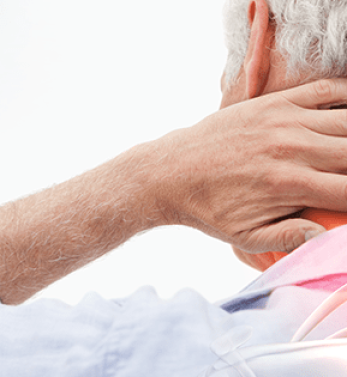

Neck Hernia Traumas, strains, accidents, or loss of the central water content of the disc as it ages can make the disc unable to cushion the disc as well as it used to.
As the disc continues to deteriorate, its outer layer may rupture and the center of the disc protrudes through a tear in the outer layer and protrudes into the space where the nerves and spinal cord are located, causing a herniated disc.
Our neck consists of 7 vertebrae and there are discs between our vertebrae that allow us to move. The disc, which is the most important structure connecting one vertebra to the other, is made up of strong connective tissue and acts as a cushion or shock absorber between the vertebrae.
Disc and facet joints allow movement of the vertebrae, making it possible for you to bend or turn your neck and back. The disc consists of a durable outer layer called the "annulus fibrosus" and a jelly-like center called the "nucleus pulposus".